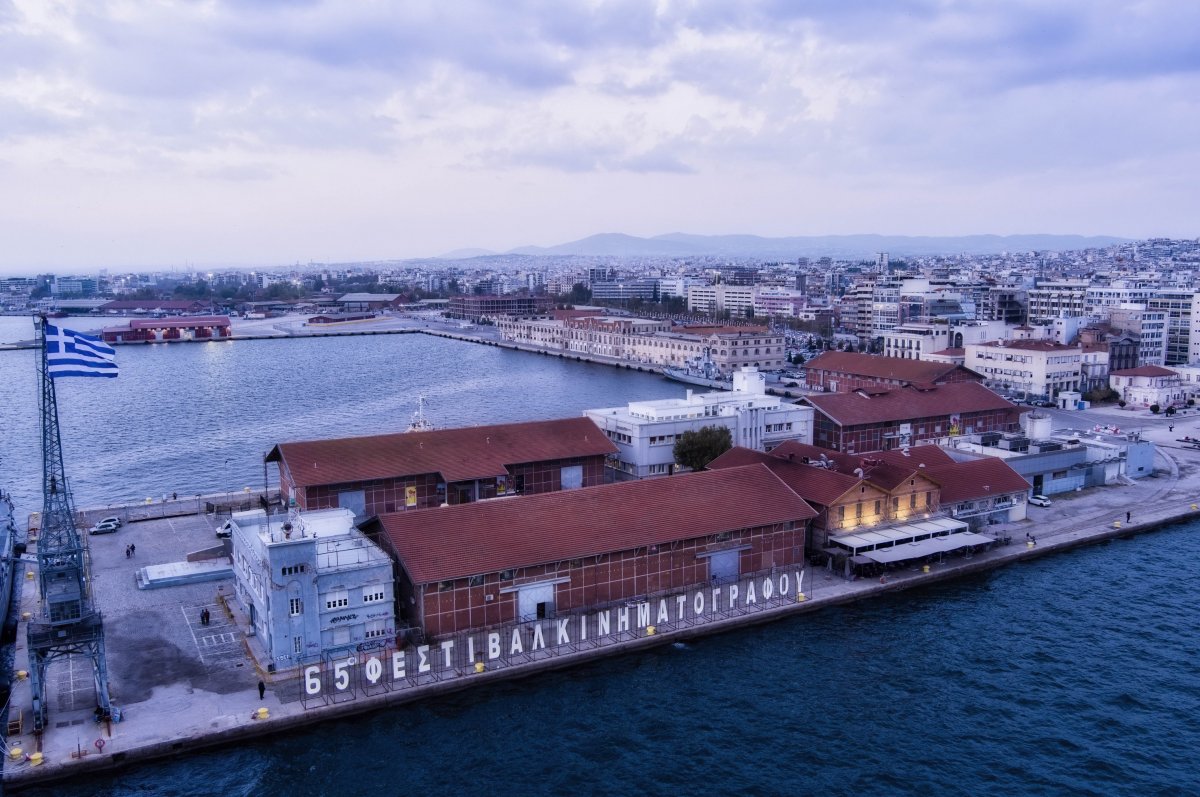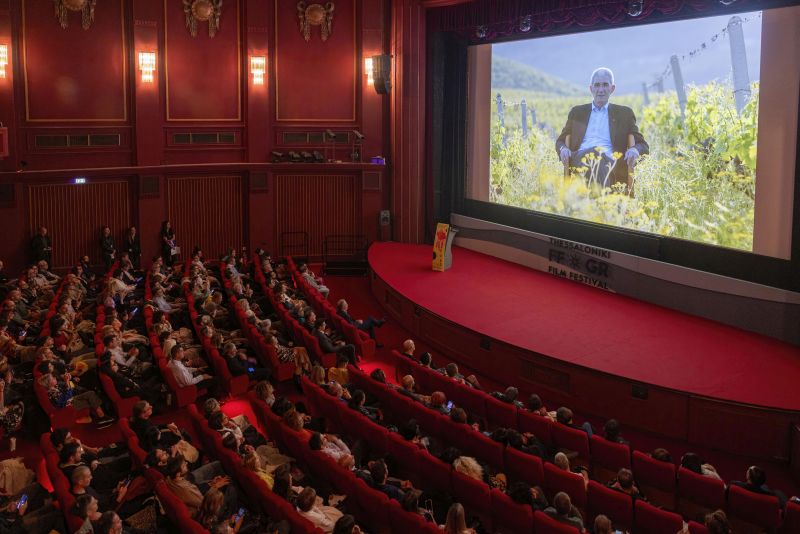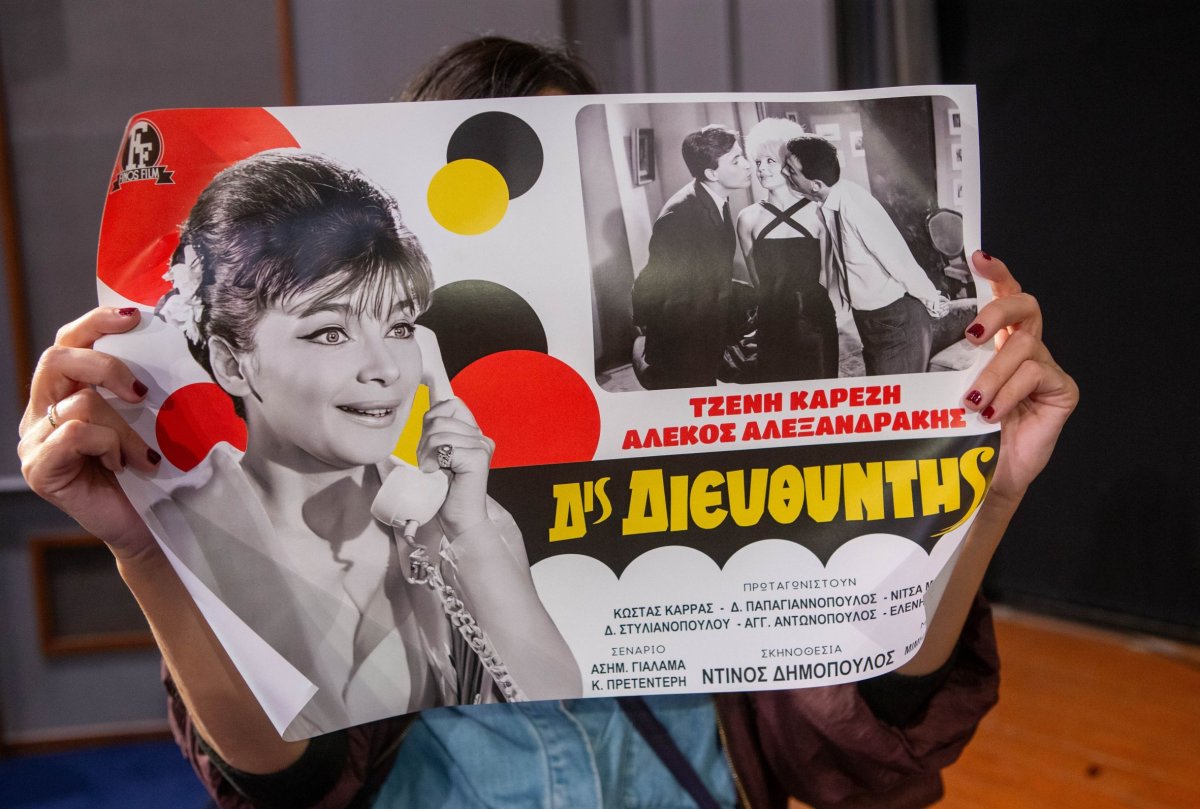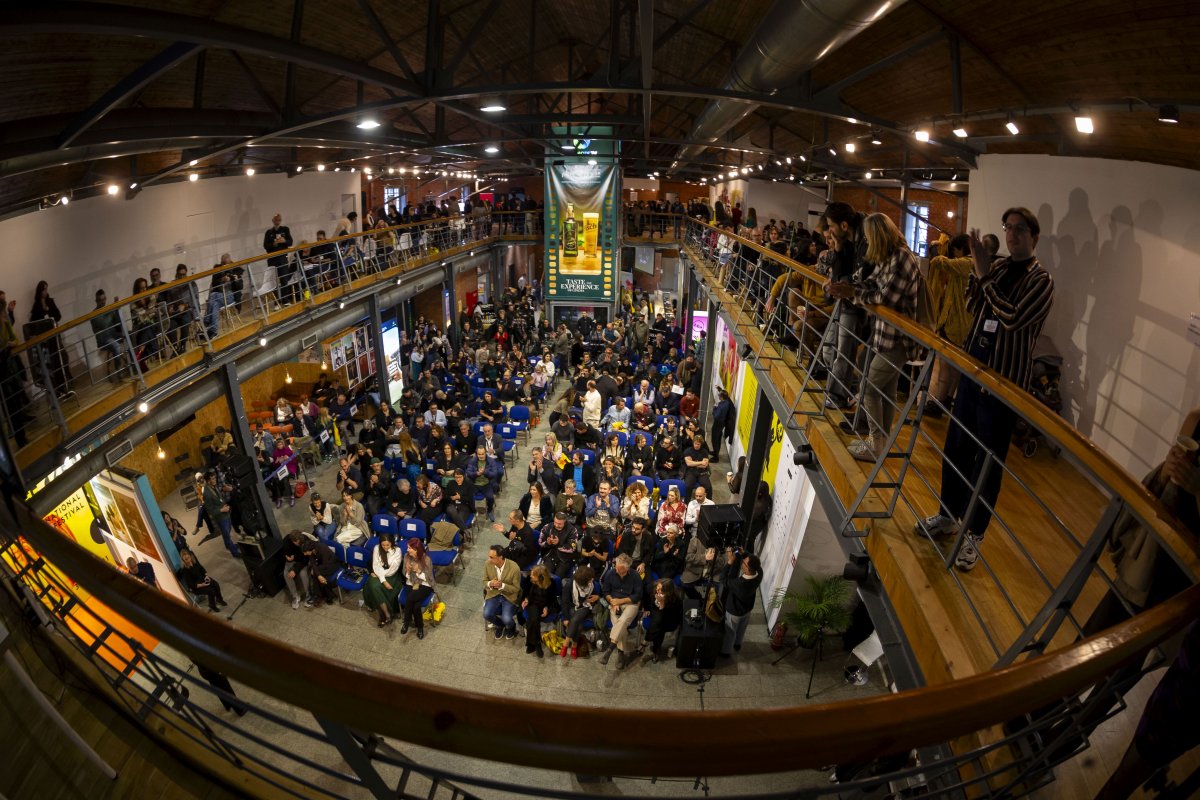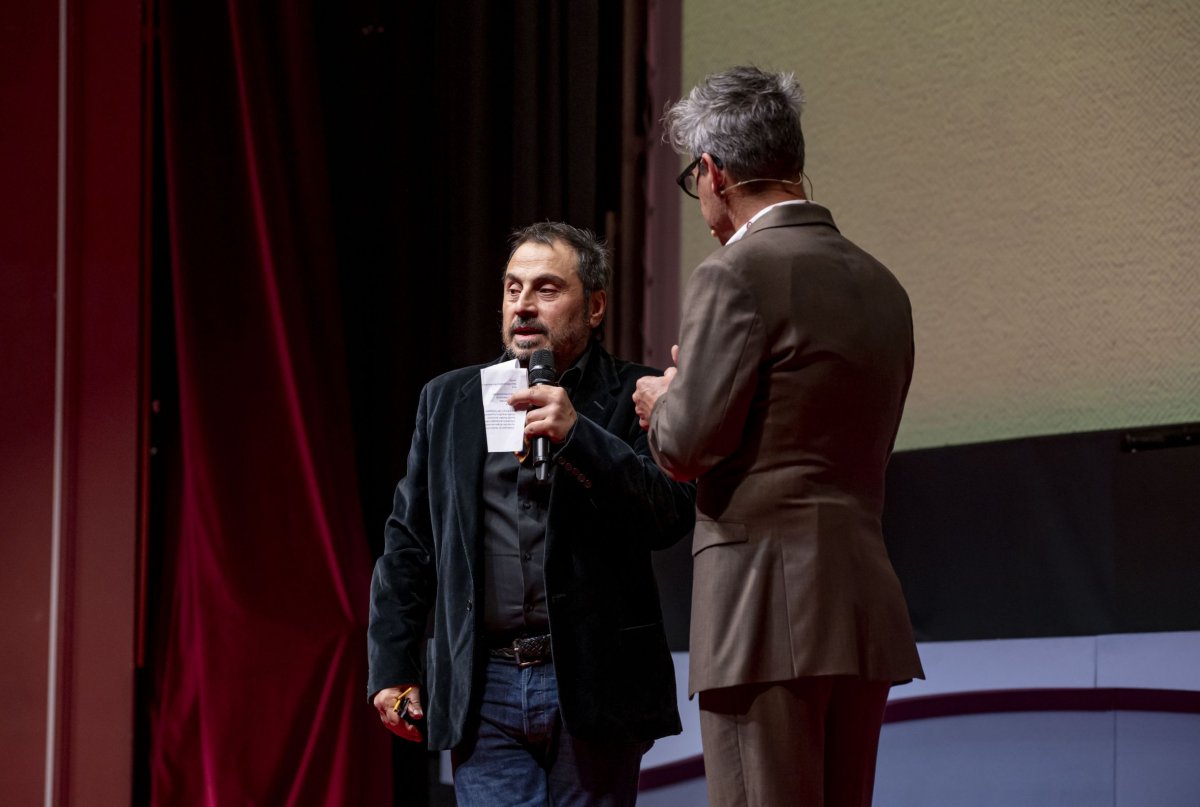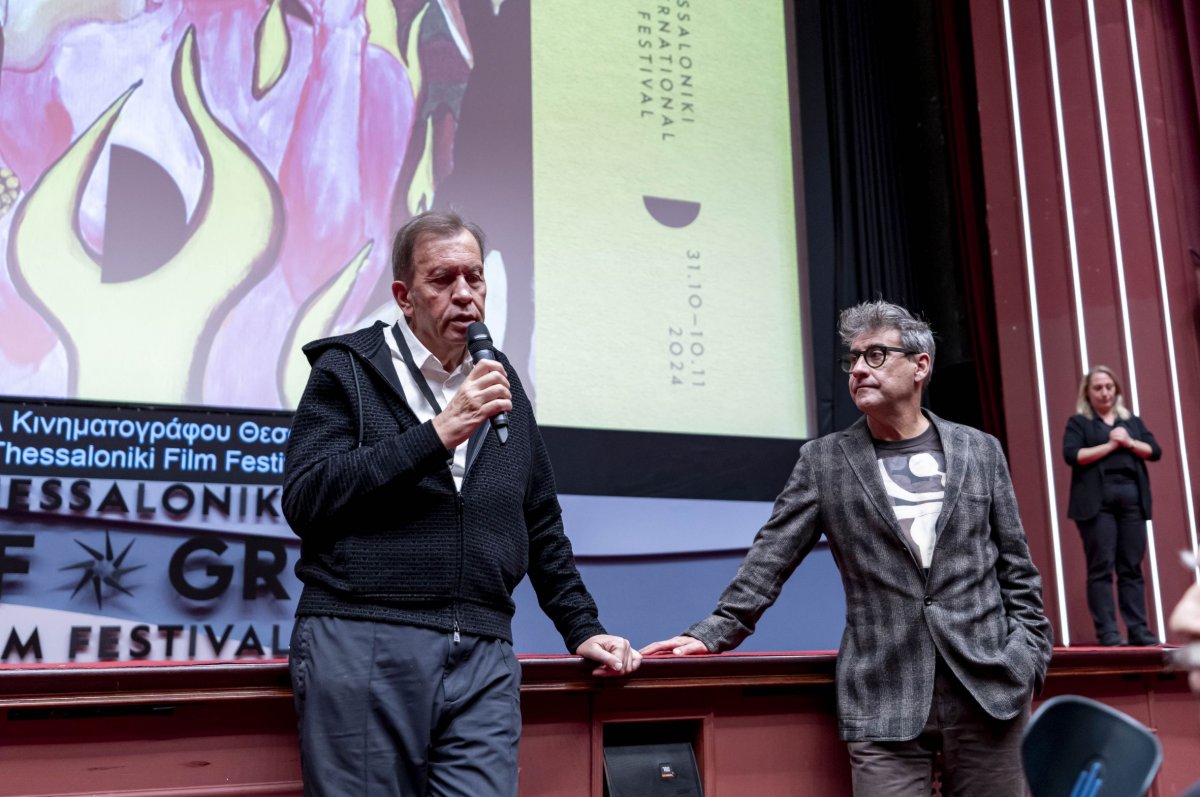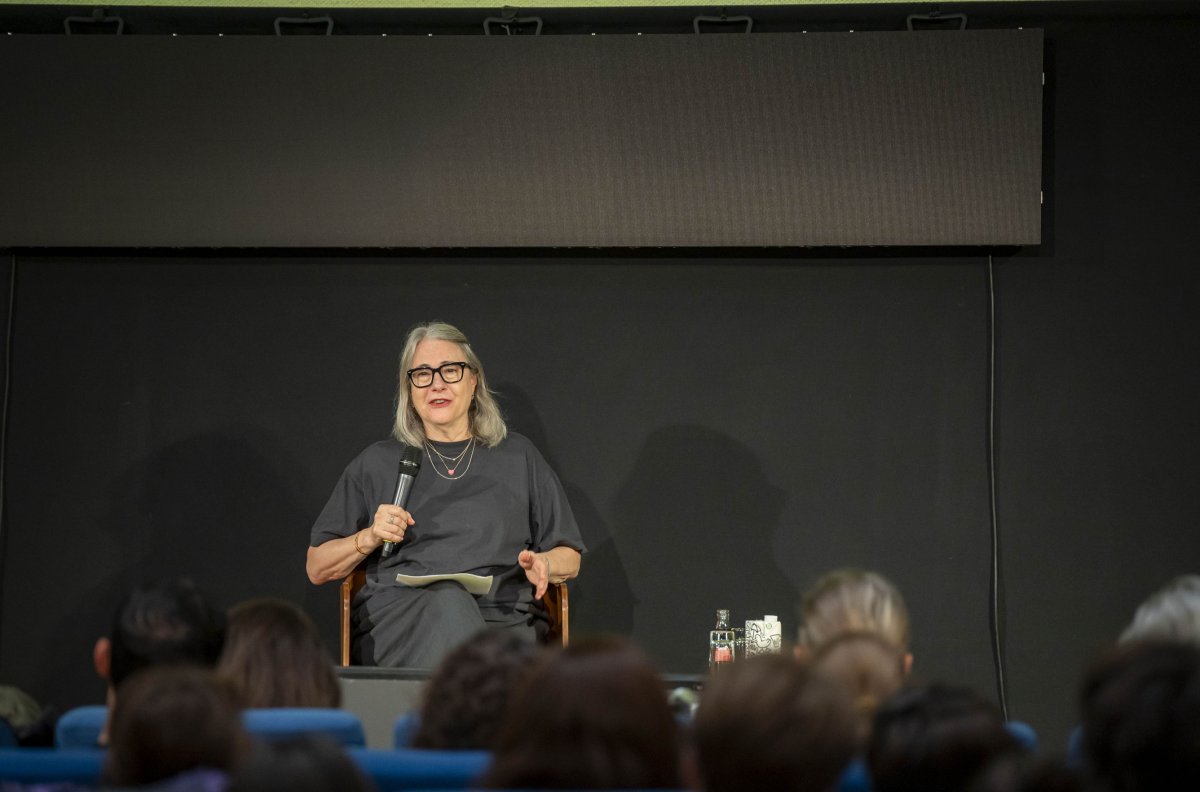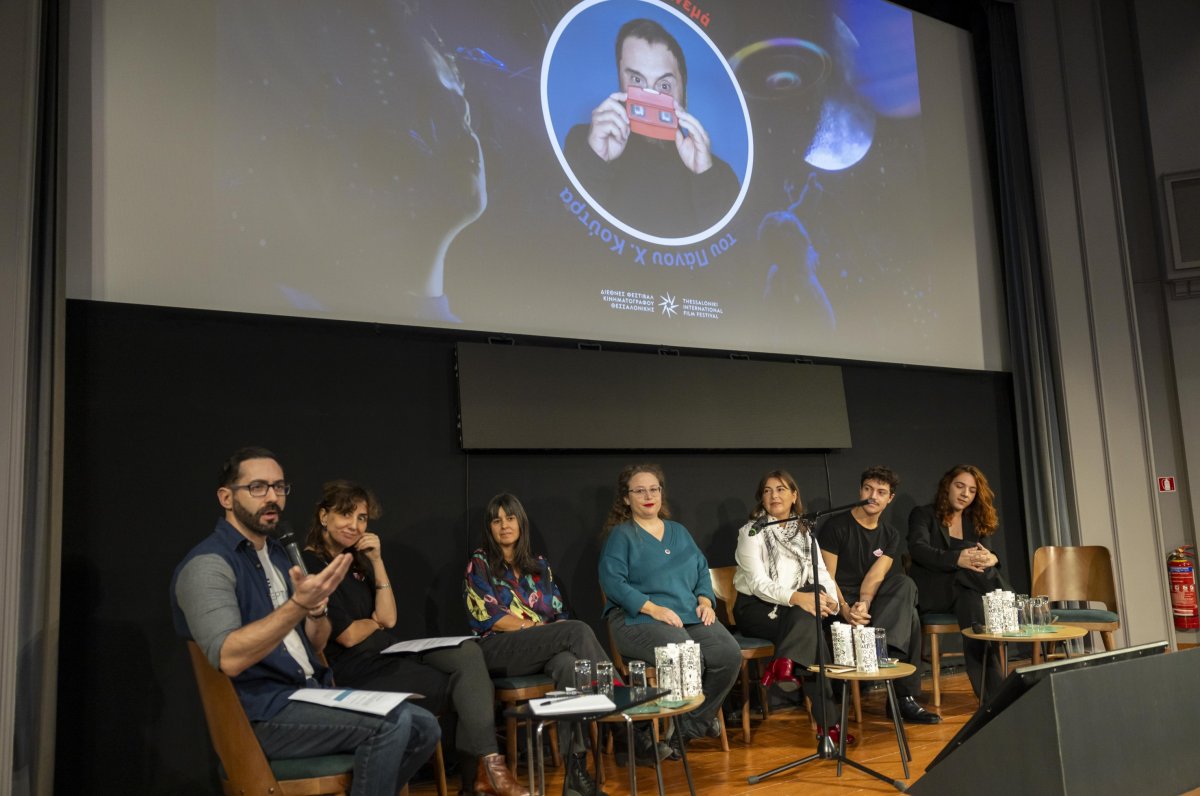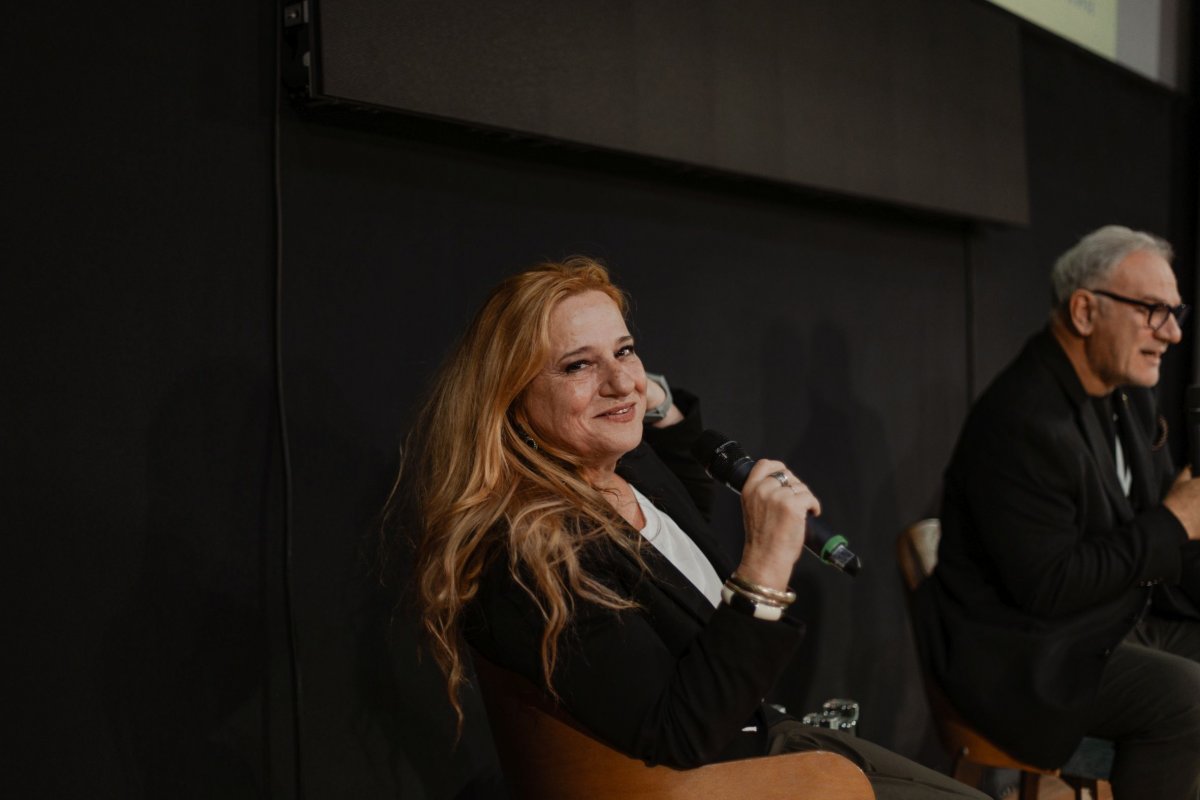PRESS CONFERENCE
Sergio Oksman, Joakim Demmer, Eyal Avneri
A press conference was given on Monday, 4 April 2005 by the creators Sergio Oksman (‘Τhe Beautician”), Joakim Demmer (‘Tarifa Traffic: Death in the straits of Gibraltar”), and Eyal Avneri (‘Little peace of mine”) regarding their films, which are being screened within the framework of the 7th Thessaloniki International Film Festival – Images of the 21st Century.
Sergio Oksman: Τhe Beautician
This film recounts the story of Amy Bloom, 76 years old now, who was a guinea pig for the Angel of Death, Josef Mengele, in the concentration camp at Auswitz. From then until now, Amy Bloom has met Mengele again under various circumstances, something which will never let her forget the things that happened then. However, to simply record the narrative out of the mouth of the central character and to use archival material did not satisfy the creator, who decided to also use source material: “Through discussion with her I discovered that what interested me most was the process of memory, because I realized that she herself had constructed the story she had lived, through the mediation of her memory, in order to protect herself”, he characteristically said, and added: “In this way, the film which began as the telling of the story of the leading character, developed into an exploration into the process of memory and the way in which the director discovers, records and sketches the past”.
Speaking about the experience of shooting his film, the creator mentioned that he was impressed with how important the making of this film about her story was to his leading character: “She asked me to treat the film like Spielberg did ‘Schindler’s List’. In other words she wanted me to make a ‘Schindler’s List’ out of her narrative.”
Joakim Demmer: Tarifa Traffic: Death in the straits of Gibraltar
Joakim Demmer’s film transports us to the refugee camp located at the southernmost tip of Spain, Tarifa, to which hundreds of thousands of illegal immigrants arrive from North Africa to Spain and finally the European Union via the straight of Gibraltar. However, the creator does not film those who succeed in reaching and crossing the European border - fortresses, but rather those who fail, paying for this failure even with their own lives. As he explained, those refugees who die before being labeled as such, are buried without a name or identification, with a simple reference number, and without, of course, notifying their relatives: “In my eyes this was a second death, it was simply unbearable for one to see these nameless graves”, he characteristically said.
As he explained, his film in an attempt to record this pitiful and tragic reality, in order to awaken European citizens and to impress upon the European collective conscience that Europe has an obligation and a duty to insure the basic human rights of these people and not to sacrifice them for the sake of obtaining better living conditions for its own citizens: “This is all about ethics and it is simply unacceptable that these things are happening on the borders of Europe.” And he concluded: “I believe that my film tells a story that is a part of European history, and I believe that through this film the victims’ relatives took back a small piece of the story of their loved ones.”
Eyal Avneri: Little Peace of Mine
The film “Little Peace of Mine” refers to the efforts of several 12 year old Israelis who decide to take fate into their own hands and struggle for the reconciliation of the two peoples who are obsessed with the Israeli – Palestinian conflict. Their first step was to make contact with Palestinian children, but the declaration of the Palestinian Intifada made them abandon those efforts, which now continue within the framework of a new political movement under the name of “Seeds of Peace”: “This political movement that was created by children was a microcosm which contained the same elements as the adult world” the creator notes and adds: “But what happened was that the children from both sides, having come in contact with the ‘enemy’ realized that in fact he wasn’t an enemy. In other words, it is about the difference between the image of the ‘enemy’ projected by the mass media and the true image you get by looking him in the eyes. And this is also the real message of the film.”



